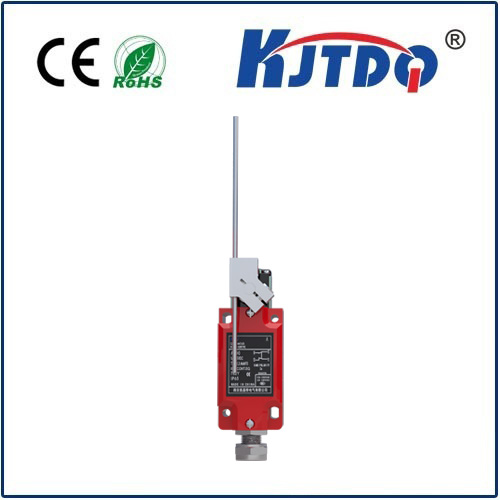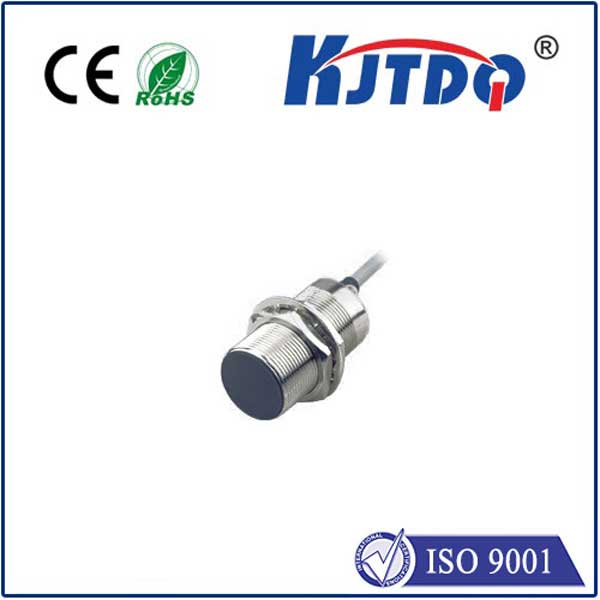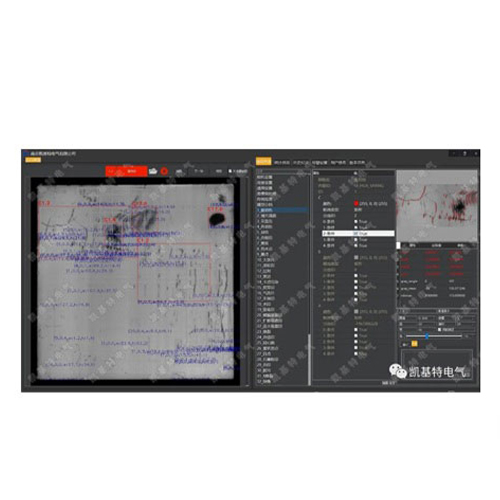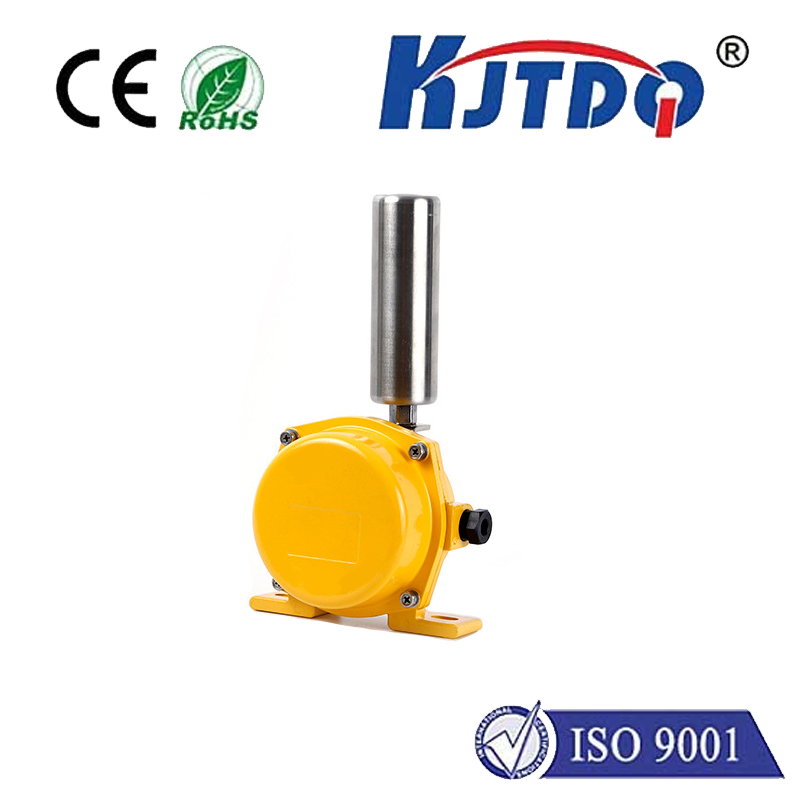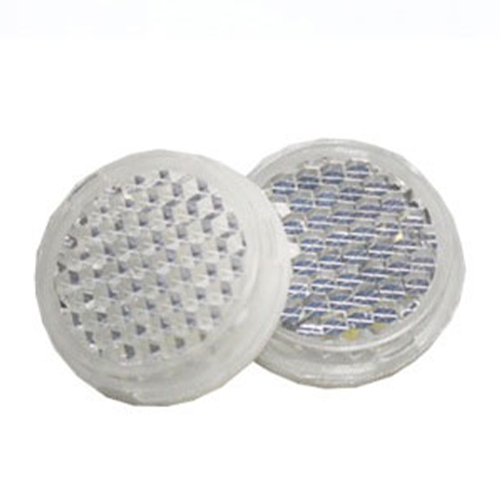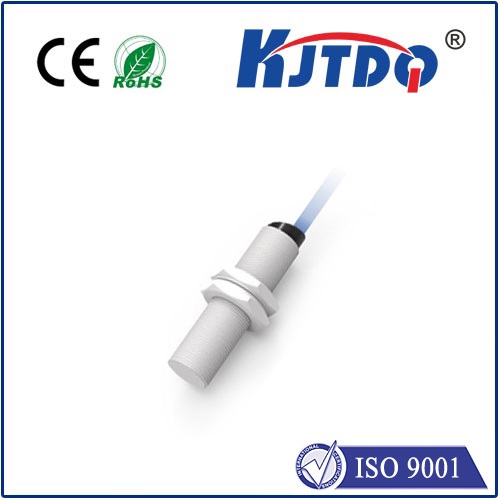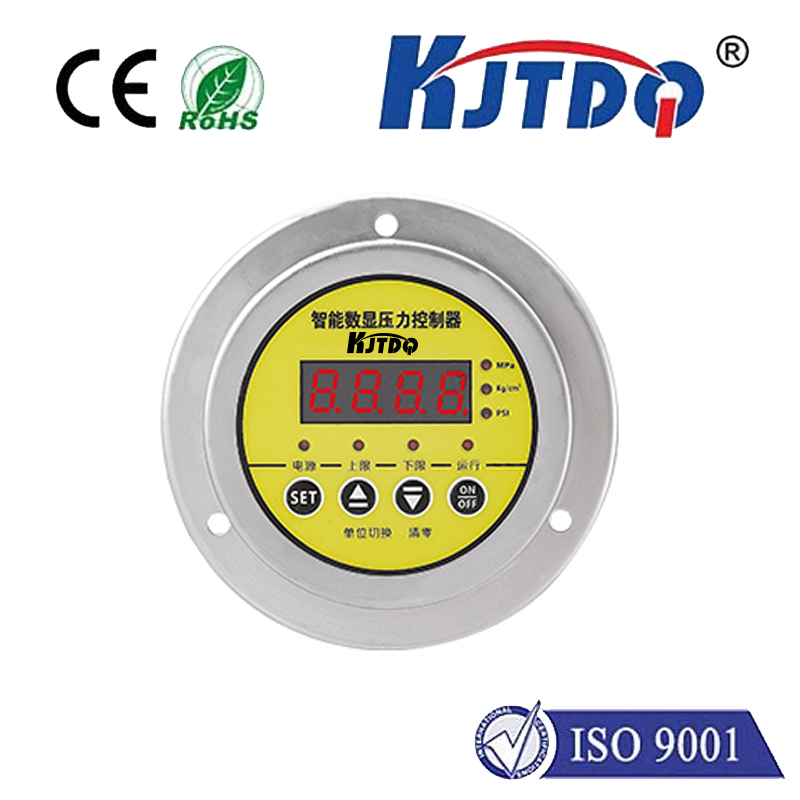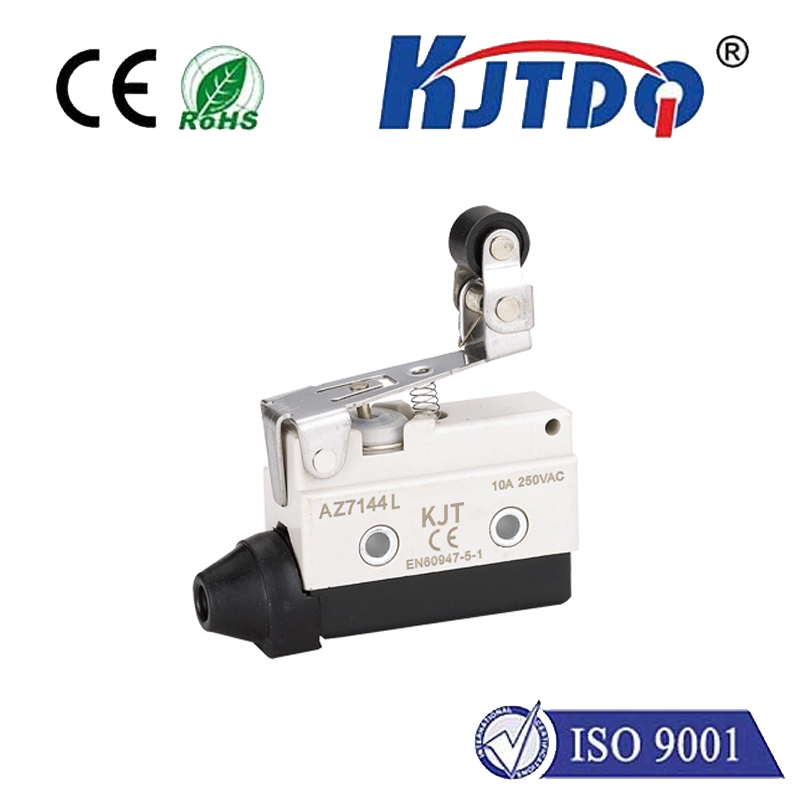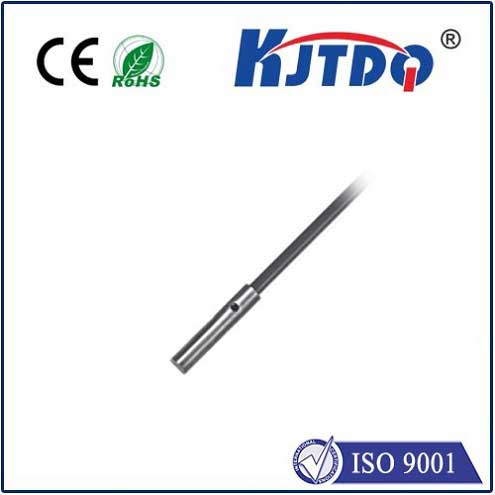Thermal Sensors for Pulsed Lasers: Precision Monitoring for Optimal Performance Pulsed lasers have revolutionized industries ranging from manufacturing to medical applications, offering unparalleled precision and control. However, the high-energy pulses they generate can lead to significant thermal effects, which, if left unchecked, can compromise performance and even damage the laser system. This is where thermal sensors step in, playing a critical role in monitoring and managing the heat generated by pulsed lasers. In this article, we’ll explore the importance of thermal sensors in pulsed laser systems, their working principles, and the advancements that make them indispensable in modern applications.
Pulsed lasers operate by delivering energy in short, intense bursts, which can cause rapid temperature fluctuations in the laser components. Thermal sensors are essential for detecting these changes, ensuring that the system operates within safe thermal limits. Without accurate thermal monitoring, the laser’s optical elements, such as mirrors and lenses, could warp or degrade, leading to reduced efficiency and potential system failure. Moreover, thermal sensors help maintain the stability of the laser beam. Even slight temperature variations can alter the beam’s properties, affecting its focus, intensity, and overall performance. By providing real-time temperature data, thermal sensors enable precise adjustments to the laser’s operation, ensuring consistent and reliable output.

Thermal sensors designed for pulsed lasers must meet specific requirements. They need to be highly sensitive, capable of detecting rapid temperature changes, and resistant to the intense optical and thermal environments typical of laser systems. Common types of thermal sensors used in these applications include thermocouples, infrared (IR) sensors, and thermopiles. Термоэлектрический термометр are widely used due to their durability and ability to measure a wide range of temperatures. However, they may not always provide the speed needed for detecting the rapid thermal fluctuations in pulsed lasers. IR sensors, on the other hand, offer non-contact measurement, making them ideal for monitoring sensitive components without interfering with the laser’s operation. Thermopiles combine the benefits of thermocouples and IR sensors, offering high sensitivity and fast response times.
Recent advancements have significantly improved the performance of thermal sensors for pulsed lasers. One notable development is the integration of microelectromechanical systems (MEMS) technology. MEMS-based thermal sensors are compact, highly sensitive, and capable of detecting minute temperature changes, making them perfect for the demanding environments of pulsed laser systems. Another innovation is the use of fiber-optic thermal sensors. These sensors leverage the properties of optical fibers to measure temperature with exceptional precision. They are immune to electromagnetic interference, making them suitable for use in environments with high electromagnetic noise, such as those found in industrial laser applications. Additionally, machine learning algorithms are being employed to enhance the capabilities of thermal sensors. By analyzing vast amounts of thermal data, these algorithms can predict potential overheating issues before they occur, enabling proactive maintenance and reducing downtime.
The versatility of thermal sensors makes them invaluable across various industries. In laser cutting and welding, thermal sensors ensure that the laser maintains optimal power levels, preventing material damage and improving process efficiency. In medical laser systems, they play a crucial role in maintaining the safety and effectiveness of procedures such as laser surgery and skin treatments. In scientific research, thermal sensors are used to monitor the performance of high-power pulsed lasers in experiments, ensuring accurate and reproducible results. They are also essential in defense and aerospace applications, where pulsed lasers are used for target designation and communication systems.
Selecting the appropriate thermal sensor depends on several factors, including the laser’s power, pulse duration, and operating environment. For high-power pulsed lasers, sensors with a wide temperature range and fast response times are essential. In contrast, low-power systems may require sensors with higher sensitivity to detect subtle thermal changes. It’s also important to consider the sensor’s durability and resistance to environmental factors such as dust, moisture, and vibration. Finally, the sensor’s integration with the laser’s control system is critical, as seamless communication between the sensor and the control unit ensures timely and accurate adjustments.
As pulsed laser technology continues to evolve, so too will the role of thermal sensors. Emerging trends such as quantum cascade lasers and ultrafast pulsed lasers will demand even more advanced thermal monitoring solutions. Researchers are already exploring the use of nanomaterials and graphene-based sensors to achieve unprecedented levels of sensitivity and precision. Furthermore, the integration of IoT (Internet of Things) technology into thermal sensors will enable remote monitoring and control, enhancing the efficiency and reliability of pulsed laser systems. This will be particularly beneficial in large-scale industrial applications, where real-time data analysis can optimize performance and reduce operational costs. In conclusion, thermal sensors are indispensable components of pulsed laser systems, ensuring their safe and efficient operation. With ongoing advancements in sensor technology, their role will only become more critical, driving innovation and enabling new applications across diverse industries.
